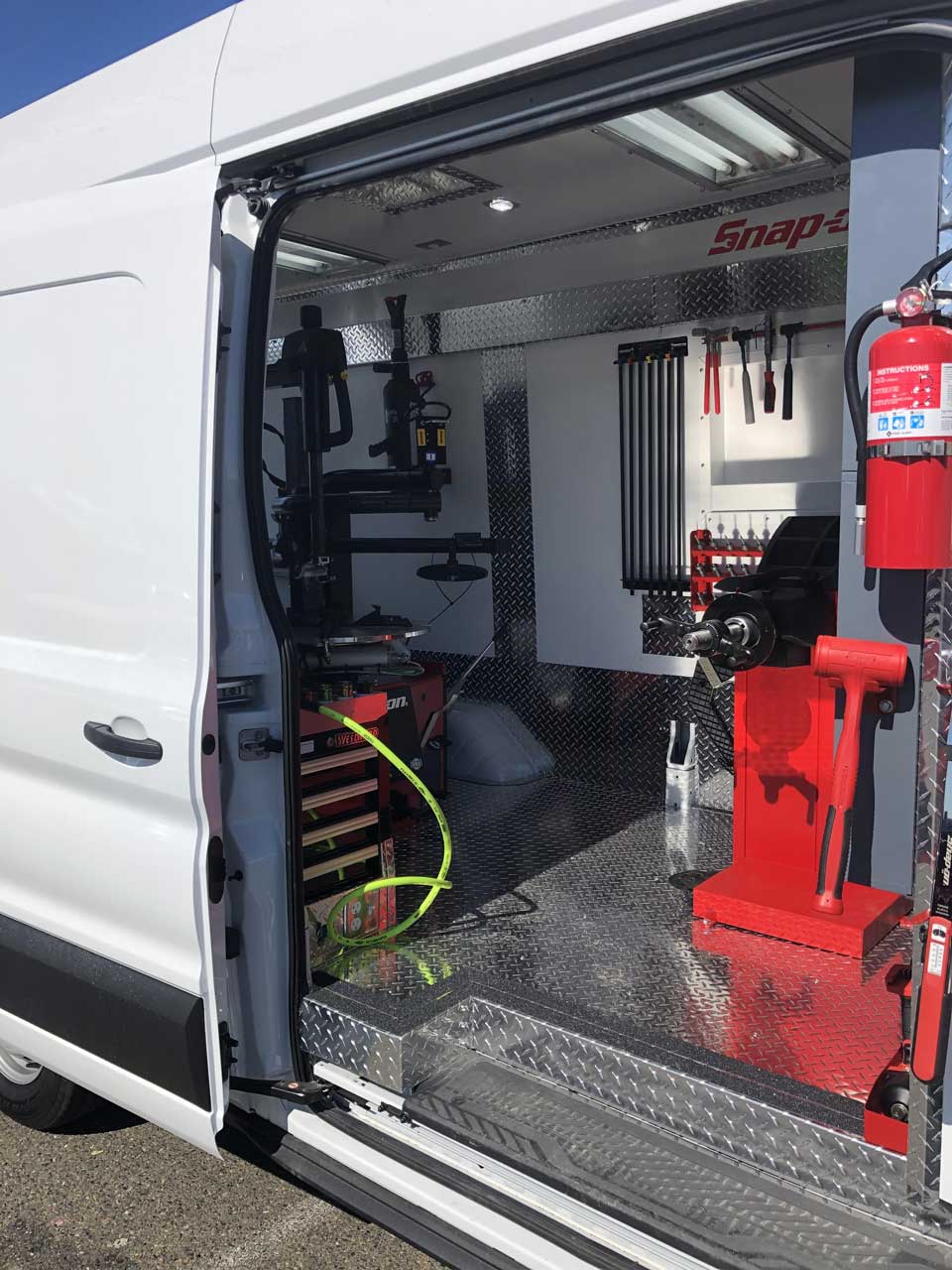Tire Service: The Impact of Climate Conditions
When it pertains to guaranteeing optimum performance and security on the roadway, comprehending the effect of climate condition on tire solution is critical. From scorching warmth to icy roadways, each climate aspect can considerably affect tire performance and total driving experience. By diving into the impacts of varying weather on tires, chauffeurs can obtain beneficial insights that might enhance their vehicle's efficiency and long life. In this conversation, we will certainly check out the complex relationship in between climate condition and tire solution, clarifying the relevance of weather-specific tire upkeep techniques and factors to consider.
Heat and Tire Performance
When revealed to high temperature levels, tires experience modifications in efficiency that can dramatically influence vehicle security and handling. The warmth generated from long term driving or hot climate conditions creates the tire rubber to soften, leading to lowered step life and boosted wear.

Winter Impacts
Winter conditions can have a considerable impact on tire performance and safety and security. As temperatures drop, tire rubber can set, leading to lowered grip on icy or snow-covered roads. In winter, tires might also shed atmospheric pressure more swiftly, which can affect dealing with and gas effectiveness. Furthermore, chilly temperatures can trigger tire sidewalls to stiffen, increasing the threat of damages from fractures or other road threats.
To mitigate the results of cool climate on tires, it is crucial to regularly check tire stress and inflate them to the maker's suggested levels. Making use of winter season or all-season tires made for cold weather conditions can also enhance traction and hold on icy or snowy roads. Proper tire maintenance, including routine assessments for wear and damage, ends up being a lot more crucial during cooler months to make certain optimum efficiency and safety and security.
Rainy Conditions Influence
Throughout stormy problems, tire performance and security can be substantially influenced by the wet roadway surfaces and lowered presence. The step pattern of tires plays an essential role in keeping grip on damp roads. Tires with damaged footsteps are a lot more susceptible to hydroplaning, where a layer of water develops in between the roadway and the tire surface area, leading to loss of traction. To combat this, drivers must regularly inspect their tires for adequate walk depth and consider purchasing tires specifically created for wet conditions.
In addition, stormy weather can likewise lower presence, making it testing for motorists to see the road in advance clearly (GMC Tire Service). In such problems, it is crucial to adjust driving speeds accordingly and maintain a safe complying with distance to permit for sudden quits. Appropriately inflated tires can additionally aid in maintaining control on damp roads by giving better handling and grip
Snow and Tire Safety And Security
Snow-covered roads position unique obstacles for vehicle drivers, stressing the relevance of appropriate tire option and maintenance. When driving in snowy conditions, having the appropriate tires can make a substantial difference in security and efficiency. Winter season tires are created with unique rubber compounds and tread patterns to give better traction on snow and ice contrasted to all-season tires. The deeper treads and sipes of winter tires help hold the road much better, decreasing the danger of moving and sliding.

Additionally, vehicle drivers should consider installing tire chains in severe snowy conditions. Tire chains offer additional grip by clutching the snow and ice, improving security and control. Nonetheless, it is essential to follow supplier guidelines when mounting and utilizing tire chains to avoid damages to the tires and car. By picking the best tires, preserving appropriate inflation, and considering added traction help like tire chains, vehicle drivers can boost their safety and security when browsing snow-covered roads.
Weather-Related Tire Maintenance
When faced with numerous weather condition problems, appropriate tire maintenance ends up being a crucial aspect of automobile safety and security and performance. Weather-related tire upkeep encompasses a series of methods aimed at making sure optimum tire function and long life in various climate scenarios. One crucial aspect of weather-related tire maintenance is tire pressure guideline. Varying temperature levels can trigger tire stress to vary, influencing grip and fuel effectiveness. On a regular basis examining and adjusting tire stress according to manufacturer referrals is crucial for safe driving in changing climate problems. Additionally, tire tread deepness plays a considerable function in taking care of various climate components. Tires with ample walk deepness provide far better grip on damp or icy roads, minimizing the danger of hydroplaning or skidding. When step wear gets to a specific deepness is important for preserving traction and stability in adverse weather condition, examining tire tread routinely and replacing tires. By prioritizing weather-related tire upkeep, chauffeurs can enhance security, improve car efficiency, and prolong the lifespan of their tires.
Conclusion
In conclusion, weather conditions have a substantial influence on tire performance and safety and security. From warm influencing tire stress and wear to chilly weather minimizing grip, it is vital to think about the weather when maintaining and using tires.
In this conversation, we will discover the intricate relationship in between weather condition problems and tire service, dropping light on the value of weather-specific tire upkeep practices and considerations.
